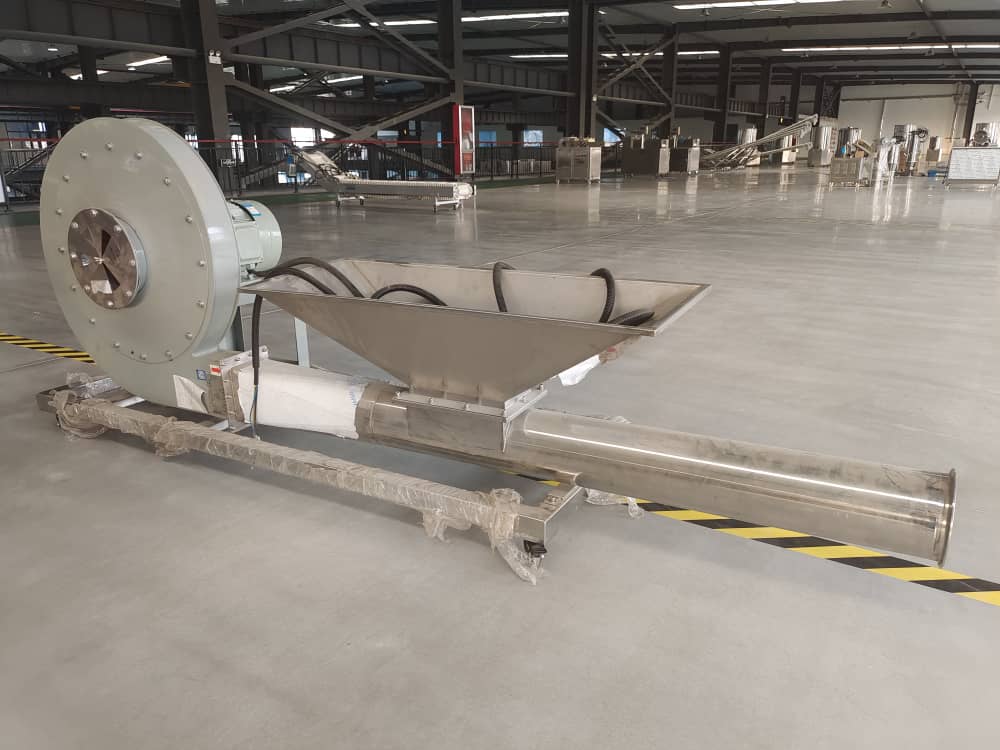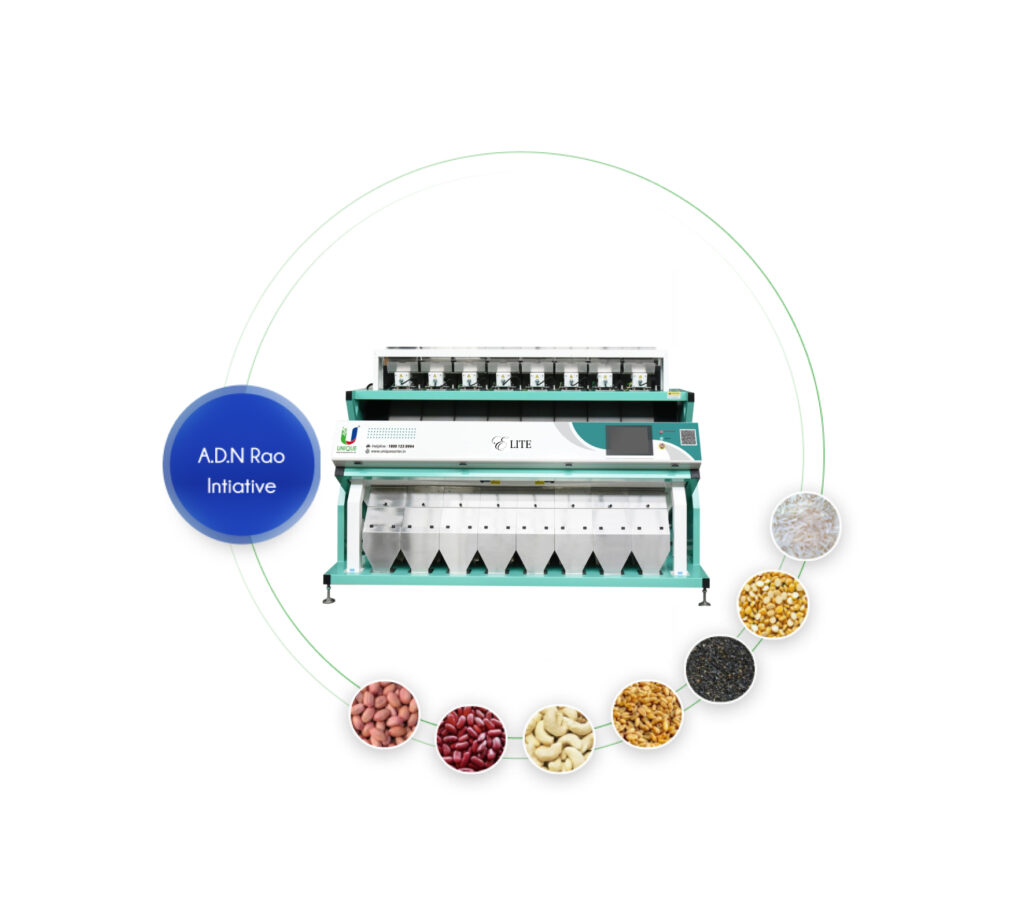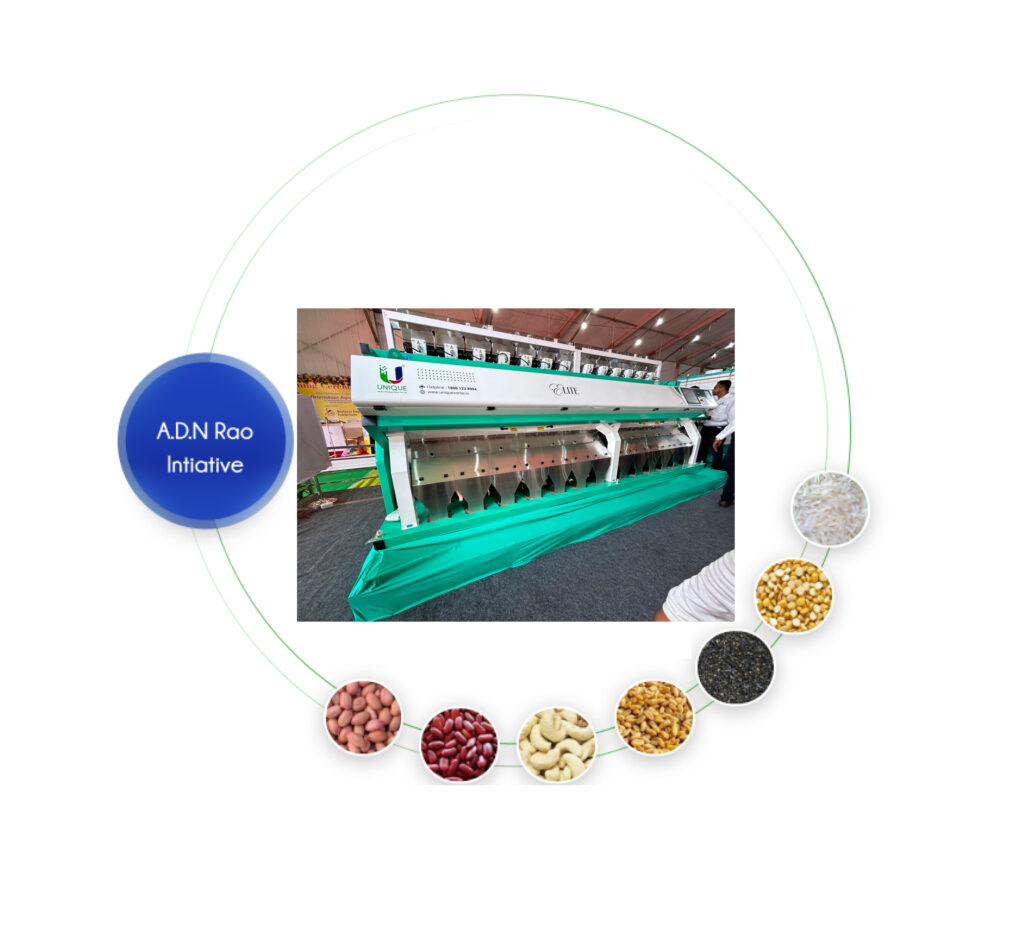Different Milling Techniques – Bridging the Gap Between Modern and Traditional Mills

Introduction
Milling, the process of transforming raw grains into refined flour or rice, plays a pivotal role in the production of staple foods worldwide. Over the years, rice milling techniques have evolved significantly, with traditional methods giving way to modern, technologically advanced approaches.
In this blog post, we will explore the key differences between these two approaches, shedding light on the advantages and disadvantages of each.
The Essence of Milling
Before we dive into the world of milling techniques, it’s essential to grasp the primary purpose of this process. Milling serves to extract the edible portions of grains while removing undesirable elements such as husks, bran, and impurities. The result is the production of fine, high-quality flour, rice, or other cereal-based products, ready for consumption or further processing.
Traditional Milling Techniques
Traditional milling methods have been an integral part of human history for thousands of years. These techniques rely on simple machinery and manual labor to achieve the desired results. Some of the most notable traditional milling methods include:
Stone Milling:
Perhaps one of the oldest milling techniques, stone milling involves grinding grains between two stones. While simple and effective, it tends to be slow and labor-intensive, making it less suitable for large-scale production.
Hand-Pounding:
This method, often used in rice processing, involves manually pounding the grain to separate the husk from the edible portion. Hand-pounding is time-consuming and demands physical effort.
Water Mills:
Water-powered mills have been in use for centuries. They harness the energy of flowing water to turn millstones, offering improved efficiency compared to manual labor but still relatively limited in capacity.
Windmills:
Similar to water mills, windmills utilize wind energy to drive milling machinery. While they offer a degree of automation, their output remains modest.
Modern Milling Techniques
In contrast, modern milling techniques represent the epitome of efficiency and precision. These methods leverage advanced machinery, automation, and technology to streamline the milling process. Key modern milling techniques include:
Roller Milling:
Roller mills consist of multiple pairs of rollers that crush the grain, separating the endosperm from the bran and germ. This method offers high throughput and precise control over the milling process.
Impact Milling:
Impact mills use rotating hammers or pins to pulverize grains into flour. They are particularly useful for producing fine flour and specialized products.
Air Classification Milling:
This technique uses air to separate particles of different sizes, resulting in consistent flour with precise particle size distribution.
Ultrasonic Milling:
Ultrasonic waves are employed to break grains down into smaller particles. This method is ideal for producing gluten-free flours and enhancing the nutritional value of the final product.
Advantages and Disadvantages
Traditional Milling:
- Advantages: Simplicity, minimal energy consumption, suitability for small-scale production, and preservation of grain nutrients.
- Disadvantages: Low processing capacity, labor-intensive, inconsistent quality, and susceptibility to contamination.
Modern Milling:
- Advantages: High efficiency, precision control, large-scale production capabilities, consistent quality, and reduced labor requirements.
- Disadvantages: Higher initial investment, energy-intensive, and potential loss of some grain nutrients due to higher processing temperatures.
Conclusion
Milling techniques have come a long way from the days of manual labor and stone grinding. While traditional methods continue to have their place, modern milling techniques have revolutionised the industry, allowing for greater efficiency, higher production capacities, and consistent product quality.
The choice between traditional and modern milling ultimately depends on factors such as scale, resources, and the desired product quality. As technology continues to advance, we can expect further innovations in the field of milling, ensuring that we continue to enjoy the highest-quality flour and rice products for years to come.
Get A Quote
Related Post
Discover the art of precision with our color sorter: revolutionizing sorting processes with unparalleled accuracy and efficiency.
Elite Corn Color Sorter Machine
Elite Corn Color Sorter Machine, powered by the revolutionary Jarvis system and Smart vision technology.

Elite Coffee Bean Sorter Machine
Elite Coffee Bean Sorter Machine, a pinnacle of precision and efficiency in the world of coffee sorting technology.

Elite Spices Color Sorter Machine
Revolutionize your spice sorting processes with unmatched efficiency and accuracy of Elite spice sorter.


